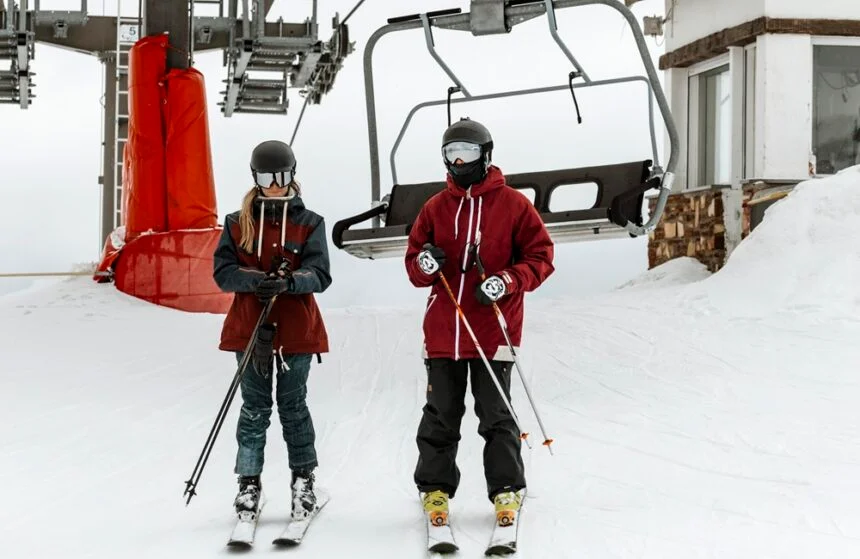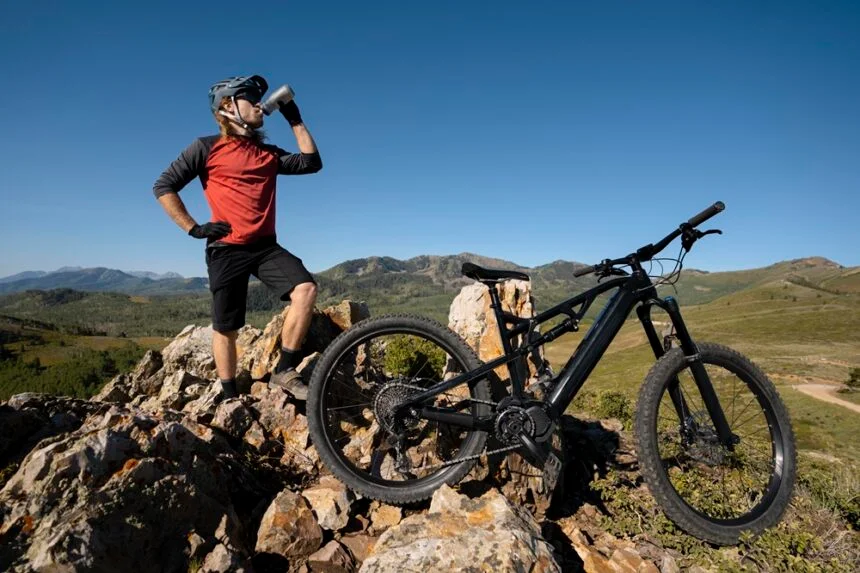When shopping for used backpacks, you need to check more than just zippers and fabric.
The shoulder straps and weight distribution system are critical parts that affect your comfort on the trail.
These components take the most strain during hikes and often wear out first.
About 65% of hikers report back pain from poorly fitting packs, making this inspection crucial before spending your money.
The Anatomy of Backpack Support Systems
Before diving into inspection tips, let’s understand what makes up a good support system in hiking packs.
A quality backpack distributes weight across your body through:
- Shoulder straps – These carry 30% of your load
- Hip belt – Should bear 70% of the weight
- Load lifters – Small straps that adjust how close the pack sits to your back
- Sternum strap – Connects the shoulder straps across your chest
Inspecting Shoulder Straps
Look for these key signs of wear when checking used backpacks:
Padding Compression
Squeeze the padding in the shoulder straps. If it feels flat or doesn’t bounce back, the padding has broken down. Think of it like an old mattress – once it’s compressed, it won’t provide proper support.
Stitching Integrity
Examine all seams where the straps connect to the pack frame. This is where stress concentrates and where failures often begin. Even a few loose threads can signal bigger problems down the trail.
Pro tip: Apply gentle pressure on the stitching with your fingers – if you feel movement or see threads pulling, walk away.
Material Wear Patterns
Check for shiny spots on the straps – these indicate friction wear and structural weakening. Just like worn tire treads are warnings for drivers, shiny spots on shoulder straps warn hikers of potential failures.
Weight Distribution System Inspection
Hip Belt Condition
The hip belt should be firm yet flexible. When buying used backpacks, test the belt by:
- Buckling it around your waist
- Checking if it sits comfortably on your hip bones
- Looking for cracks in plastic components
- Testing adjustability – does it move smoothly?
Load Lifter Function
| Feature | What to Check | Why It Matters |
| Load Lifters | Strap integrity, buckle function | Controls pack stability |
| Adjustment Range | Can adjust 30-45 degrees | Affects weight distribution |
| Attachment Points | Secure to frame | Prevents sudden shifts |
Frame Integrity
Bend the frame slightly to test for cracks or weakening. A compromised frame won’t transfer weight properly to your hips. This is especially important in used backpacks that may have experienced rough handling.
The “Try Before You Buy” Test
Theory only goes so far. Always load the pack with 15-20 pounds before purchase. This represents a realistic load and will reveal problems that might not be visible during inspection.
Walk around for at least 10 minutes wearing the loaded pack. Your body will tell you what your eyes might miss.
Red Flags That Mean “Walk Away”
Some issues can’t be fixed and signal a pack near the end of its life:
- Delaminating waterproof coatings
- Cracks in the frame (even small ones)
- Shoulder straps that twist under load
- Hip belt that won’t stay tight
- Mold or mildew smell (indicates improper storage)

Value vs. Condition Analysis
A well-maintained 5-year-old premium pack often outperforms a cheaper 1-year-old model. Studies show high-end packs typically maintain functional integrity for 7-10 years of regular use, while budget models last 2-4 years.
When evaluating used backpacks, consider that replacement shoulder straps alone can cost $40-70, making heavily worn straps a significant factor in your buying decision.
Beyond The Physical: Documentation and History
Ask the seller about the pack’s usage history. Was it used for weekend trips or thru-hikes? Many hikers keep logs of their equipment use, which gives you insight into the actual wear on the systems.
Final Thoughts
Finding quality used backpacks requires patience and knowledge. By focusing your inspection on shoulder straps and weight distribution systems, you’ll avoid the most common and painful mistakes.
Remember that comfort on the trail depends largely on how well these systems function, not just how the pack looks from the outside.


